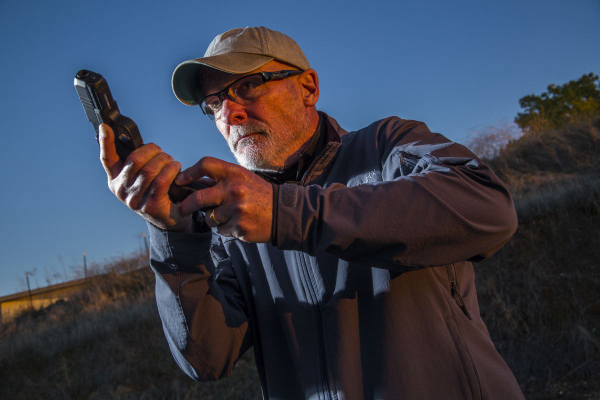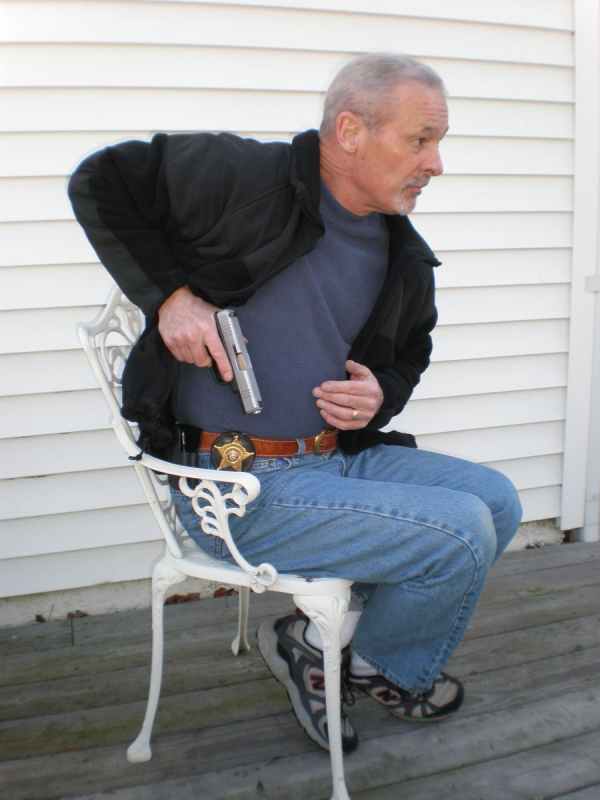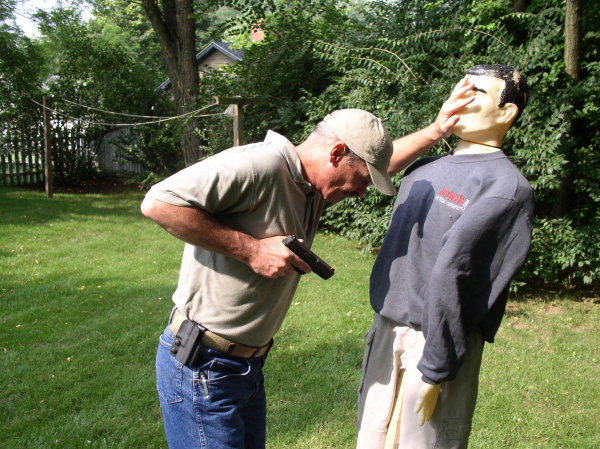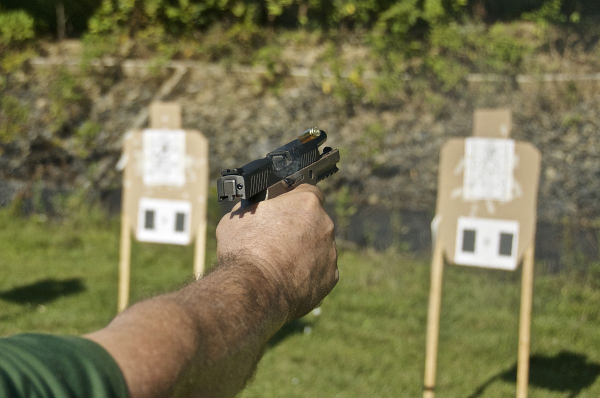
Like many jocks of college age, I minored in Sports Physiology with an emphasis on coaching. My major, believe it or not, was secondary education. My athletic career was coming to an end and I wanted to stay involved.
In my case it was track and field as I attended college on a sports scholarship. To successfully complete the degree, I was required to attend a year-long course which was basically the study of human anatomy and how it relates to movement specifically directed at athletics. It was a good thing I could run fast and jump far as I had minimal hand-eye coordination.
I was the poor kid who grew up unable to catch a ball (baseball or football…it didn’t matter), hit one, or shoot one through a hoop with any degree of success. This course of instruction was a real eye-opener for me as it explained many things about the body, what it was capable of and how you could improve performance by adjusting technique to best make use of how it wants to move.
Track and field events — especially the field events — are very technique-driven and great improvement can be attained through what was called “physiological efficiency” at the time. I attribute the phrase to a famous track coach as he was the first person I ever heard use the phrase. Basically, the athlete eliminates any motion that isn’t required to attain speed and/or distance. If it doesn’t help, it’s eliminated.
This approach was a real asset as I tried to excel in my sport. In a nutshell, I improved my jumping distance by several feet by utilizing physiological efficiency. Have you’ve ever seen a runner who’s so smooth and “machine-like” that it looked effortless? That’s the perfect example of what I am talking about.
When I entered the police academy, I realized my lack of hand/eye coordination would once again be a detriment in hand-to-hand combat and shooting. I could hit my target reasonably well, but all the other necessary motor skills were a challenge.
I first used a semi-auto in 1982 after my agency’s SWAT team was formed, and I quickly realized a rapid magazine exchange would be a real challenge for me. The gun was a 1911 and, as you all know, single stack auto-loaders can be challenging to load fast. Thinking back to my track and field days, I pulled out some of my old textbooks to review the sections that dealt with physiological efficiency and tried to apply the lessons to pistol shooting.

I understood, even back then, there were only so many ways to run a gun and they had all been invented regardless of any current or future claims of the latest, greatest technique. Nonetheless, by applying the physiological lessons I’d learned while running track, I was able to put together a method that worked well for me.
Why is this important? It’s because I’m not a gifted shooter. Most people aren’t. In three-plus decades of law enforcement and four plus decades of training, I’ve won a few matches and faced my share of danger. In addition, I’ve trained thousands of cops and armed citizens using physiological efficiency principles and it’s worked well. As an instructor, I feel this might be my greatest asset…learning from someone who struggles with shooting and finding methods to improve versus a naturally gifted shooter who really doesn’t understand why they are good.

Haley Strategic founder and master trainer Travis Haley has spoken often on this same topic, calling it “biomechanical efficiency.” Keep in mind the title I’ve used over the years isn’t mine. While visiting with Travis at his impressive Scottsdale, Arizona facility, I had the opportunity to discuss physiological versus biomechanical efficiency and we agreed that we were talking about the same thing. Eliminating those extra movements you don’t need, no matter how cool they may look, will only benefit the shooter. Why work harder if you don’t have to?

I have been blessed over the years as I have had many individuals contact me and tell me what they learned from me saved their lives. I included physiologically efficient methods in my book Handgun Combatives, the video of the same name from Paladin Press, and the five videos I filmed for Panteao Productions. I feel they are the simplest, most efficient ways to shoot and manipulate the semi-auto pistol in combative situations. While calling the book something like “Combative Handgun Shooting made Simple” or “Combative Handgun for Dummies” was enticing, my publisher felt it might send the wrong message and they were probably right.
It’s important for today’s instructors to understand how the human body functions and how that can and will affect performance. A few years back, I had a new instructor tell me, “I don’t need to know all of that scientific stuff, my job is to teach folks how to run their gun.” How do you do that properly if you don’t understand how the human body works? It would be like training a pilot, but leaving out the part about how an airplane stays aloft.
When it comes to combative shooting or open hand fighting, if it feels like you’re hardly moving, you’re probably doing it right. My search for simpler and easier ways will probably last until the day I die even though I’ve stepped away from the instructional arena. Simplicity in action doesn’t make for a cool looking YouTube or Instagram video, but much of what you see on line is designed to garner attention, not save your life.
